‘Mona Lavender’ is a hybrid form of Plectranthus, originating from a 1990s cross between two South African perennial evergreen species, P. saccatus and P. hilliardiae ssp. autrale ‘Magwa’. It displays the parental traits of both plants, with both vibrant leaves and lavender blossoms. ‘Mona Lavender’s pretty purple two-lipped blooms open along a purple stem that juts out above glossy ovate leaves that are green on the top side, purple on the undersides. Its care needs are very much like other Plectranthus plants. This sturdy little tropical plant is easy to grow and will thrive with minimal care. The botanical name derives from two Greek words: “plectron,” which means spur, and “anthos,” which means flower. (Plectranthus plants are often known as spur flowers.) It is a member of the mint family and is closely related to Coleus and the common lawn weed, creeping Charlie.
‘Mona Lavender’ is a cold-sensitive plant that is very often grown as a houseplant, but in zones 10 and 11, it can be planted in the garden in the spring as a perennial, where it serves as a broadleaf evergreen plant that blooms in winter.1
Mona Lavender’ Care
The best feature of this perennial is how easy it is to grow both indoors and outdoors. ‘Mona Lavender’ thrives indoors as a houseplant and also makes for a no-fuss shrubby perennial when planted outdoors, where it brings beauty to your garden year-round as its flowers even continue to bloom in the winter months.
Considered to be a short-day plant, Plectranthus will shift into its flowering mode as days become shorter and its growth will taper off as temperatures get warmer and days get longer. If you’re growing it as a garden plant in a region with mild winter temperatures, you can expect your plants to flower on a consistent, steady basis from fall all the way through spring. Just keep in mind that the light will determine both its leaf and flower color—the brighter the light, the richer its color becomes. When grown as an indoor houseplant, ‘Mona Lavender’ will need as much bright indirect light as you can give it to display to maximum effect.
Light
A spot that receives bright, indirect light is ideal for this perennial, preferably receiving some direct morning sun.
Soil
When choosing soil, opt for a well-drained, slightly-acidic (pH 5.6-6.5) variety containing organic matter. As a houseplant, a standard peat-based potting mix works well, as peat moss is naturally acidic.
Water
‘Mona Lavender’ will grow best when provided with both regular and even moisture. It’s considered a thirsty plant and should be watered every few days, whenever the top inch or soil feels dry to the touch.
Temperature and Humidity
Though this plant prefers year-round temperatures of 60 to 80 degrees Fahrenheit, ‘Mona Lavender’ grown as a garden plant can briefly withstand light frosts and temperatures down to 25 or 30 degrees Fahrenheit.
Fertilizer
‘Mona Lavender’ can be fertilized every six to ten weeks with a balanced water-soluble fertilizer. For the amount to use, follow the product label instructions. In alkaline soils, fertilizing with an acidifying fertilizer can help improve both foliage color and flowering. During the short days when ‘Mona Lavender’ is flowering, it is best to withhold fertilizer, resuming when the flowering begins to taper off.2
Types of Plectranthus
‘Mona Lavender’ is a first-generation hybrid cross between P. saccatus and P. hilliardiae ssp. autrale ‘Magwa’, and there are no additional cultivars of that cross. However, there are other Plectranthus species that are similar plants:
Plectranthus ciliatus is sometimes known as blue spurflower. The ‘Troy’s Gold’ cultivar has green leaves with creamy margins that resemble those of coleus. The ‘Zulu Wonder’ cultivar looks very much like ‘Mona Lavender’, with purple undersides to the leaves.
Plectranthus oertendahlii is sometimes sold as Swedish ivy (it is very popular in that country) or as Brazilian coleus (it was formerly categorized in the Coleus genus). The leaf surfaces are green with silver markings, with undersides that are deep red. But there are also many cultivars with different leaf variations.
The Plectranthus and Coleus genera are very closely related, and many species have swapped positions over the last few years, moving from Coleus to Plectranthus and vice-versa.
Pruning
Though this plant doesn’t require a significant amount of pruning, you can pinch young plants regularly to help encourage branching and the fuller, bushier growth. Long-growing stems can also be snipped (if you wish, these can be rooted to propagate new plants).
Trim off new stem tips on a regular basis to help the plant retain its compact shape and form, and remove the flower spikes after blooming.
Propagating ‘Mona Lavender’
The easiest method for propagating new plants is to take stem cuttings and root them. The process is much the same as for Coleus, which are easily rooted either in a porous rooting mix or simply by suspending the cutting in water until roots form. Propagation can be done almost any time, but it is often done in the fall as a method for continuing plants that are being grown outdoors. By taking cuttings in fall, rooting them indoors and potting them up in the winter, you will have healthy adult plants ready to return to the patio or garden when spring arrives. Here’s an easy method to do it:
Take 4- to 6-inch cuttings from the tips of healthy plants. Pinch off any flowers or flower buds, and strip the leaves off the bottom one-third of the stem.
Suspend the cutting in a jar of clean water and place in a location with bright indirect light (the cutting can also be immediately planted in a porous potting mix, if you prefer).
Watch the cutting carefully, adding water as it evaporates from the jar, and replacing it if it becomes yellow or brownish.
When a good network of roots has developed, plant the cutting in a container filled with commercial potting mix, and continue to grow the plant in bright, indirect light.
If the new plant gets excessively leggy, pinch off the stems to force bushier growth. In the spring when all danger of frost has passed, the new plant can be moved outdoors or planted in the garden. Make sure to harden it off first by giving the plant increasingly longer visits to outdoor conditions over a week or two.
How to Grow ‘Mona Lavender’ From Seed
Because ‘Mona Lavender’ is so easily propagated from stem cuttings, seed propagation isn’t done very often. But should you have trouble finding live plants at local nurseries, you can grow them from purchased seeds (or from seeds collected from dried flowers on existing plants):
Sow the seeds indoors about six to eight weeks before the last spring frost, in seedling flats or small pots filled with a seed-starter potting mix. Sow the seeds shallowly, just barely covering them with mix. Place the flats or pots in a bright location (but out of direct sunlight) at a temperature of 70 to 75 degrees Fahrenheit. Seedlings usually emerge in seven to 14 days.
When the seedlings emerge, move them into direct sunlight or place them under fluorescent plant lights, giving them eight hours of darkness each night. When the seedlings are three to four weeks old, feed them with a half-strength solution of houseplant fertilizer.
Before planting outdoors, harden off the seedlings for a week. Make sure to move the seedlings indoors if freezing temps are expected. This hardening-off process toughens the plant cells and minimizes transplant shock.3
Potting and Repotting ‘Mona Lavender’
When growing Plectranthrus in containers, be sure to choose a soilless medium designed for use in pots. Any pot material will work but make sure the pot is well-draining. When grown indoors, ‘Mona Lavender’ will do best in a spot near either a bright east or south window. When temperatures rise above freezing in the late spring, you can shift your plant outside for the summer. Do your best to protect ‘Mona Lavender’ from the afternoon sun, as this is a plant that cannot thrive in extreme heat.
Every year or two, repot ‘your ‘Mona Lavender’ plant into a larger container (1 to 2 times wider than the current one) using a well-drained potting mix. Or, you can propagate a stem cutting and discard the parent plant.
Overwintering
‘Mona Lavender’ plants being grown in the garden in warm climates usually enter their bloom period in the fall and winter, and will require extra water during this time. Fertilizer should be withheld, as it stimulates foliage growth at the expense of flowering. The same holds true for plants being grown indoors if you want them to bloom robustly.
‘Mona Lavender’ is very sensitive to frost, so if you live in an area where frosts are possible, it’s essential that you bring outdoor potted plants indoors—or take cuttings to propagate indoors—if you want your ‘Mona Lavender’ plants to survive the winter.
Common Pests & Plant Diseases
Like other Plectranthus species, ‘Mona Lavender’ is largely free of pest and disease problems when planted outdoors, provided they are growing in good, well-draining soil. Occasional pests can include whiteflies, aphids, and spider mites during the summer months. Horticultural oils can handle these pests if they become serious, but natural predators often take care of them without any intervention. Pests are sometimes more troublesome when ‘Mona Lavender’ is grown indoors as a houseplant.
Diseases include leaf spot, stem rot, and root rot, all of which are more likely in humid conditions or when the plants are growing in dense, poorly draining soils.4
How to Get ‘Mona Lavender’ to Bloom
Because it typically blooms in fall through winter, it surprises many people who expect a typical spring and summer bloom period. Thus, except for gardeners in the deep South, Plectranthus is more often grown as an indoor potted houseplant. To enjoy plentiful indoor blooms, you will need to give it lots of bright light. Failure to to bloom is usually the result of not enough light or too much fertilizer. Excessive feeding causes these plants to develop foliage but may compromise the flowering. It’s best to withhold fertilizer as these plants enter the bloom season, then resume again in spring.
Common Problems with ‘Mona Lavender’
Other than the common pests that affect many indoor houseplants, ‘Mona Lavender’ is largely problem-free. But it can tend to get leggy and sparse, especially in indoor locations where it is not getting enough bright indirect light. This is a common problem in northern climates where daylight hours are short in winter. This can be remedied by hard pruning back of leggy stems, and by giving plants the brightest indoor locations you can find—usually a south- or west-facing window.
When you notice leaf-curling, this is always a sign that the plants are in need of water. These plants love moisture, but also need good drainage to prevent root rot.
FAQ
How is this plant used in the landscape?
With its fall-through-winter bloom period, Plectranthus is normally grown as an indoor houseplant or potted patio plant, except in regions with very mild winters, where it takes on the role of a shrubby, broadleaf evergreen plant that flowers through the winter. Gardeners in cold-winter regions can move the potted plant back and forth between indoor and outdoor locations with the seasons.
How long does Plectranthus live?
In suitably warm climates, Plectranthus can serve as a semi-woody shrub that lives for decades. Potted plants grown as houseplants typically live about five years. By periodically taking stem clippings and rooting them to create new plants, you can continue to enjoy Plectranthus plants indefinitely.5
Can ‘Mona Lavender’ be grown as an annual?
Yes, like many tender perennials, this plant can be grown as an annual in climates with cold winters. However, it must serve as a foliage plant only in this case, as it does not flower until fall and winter. Some gardeners may get a short fall bloom period before the plant dies from the cold.






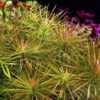

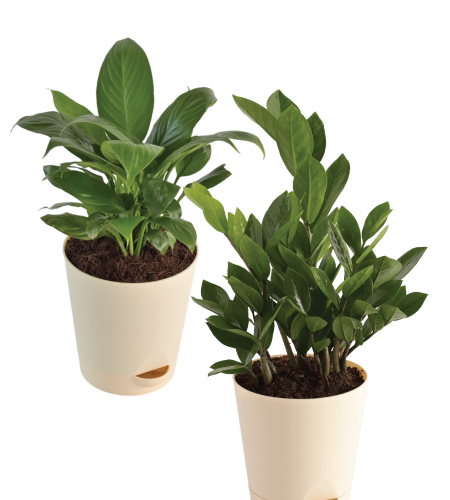


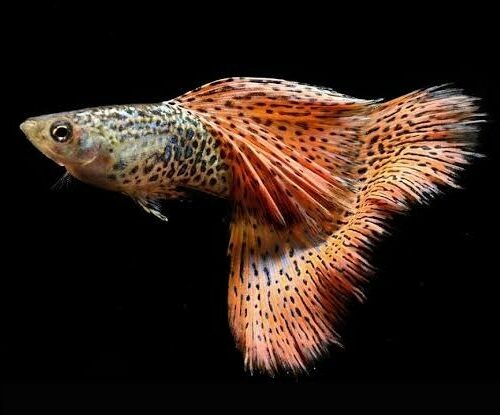
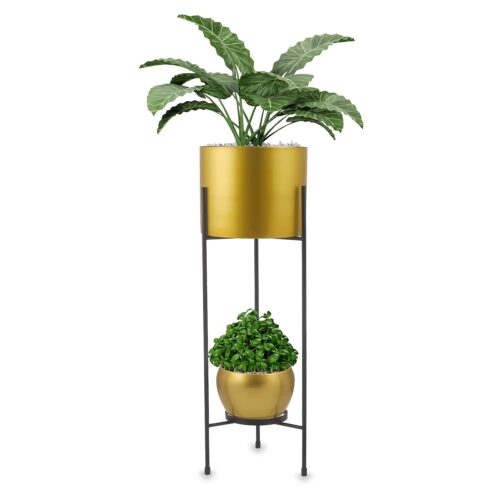
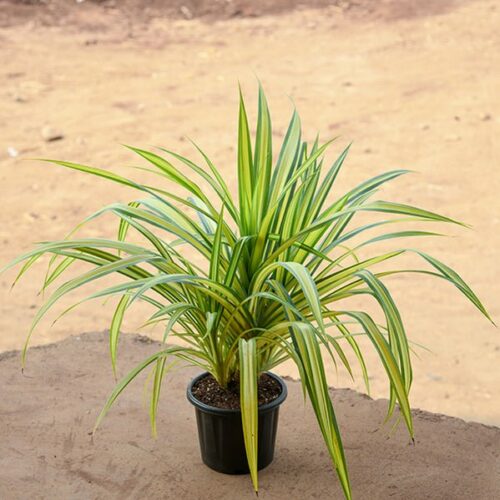
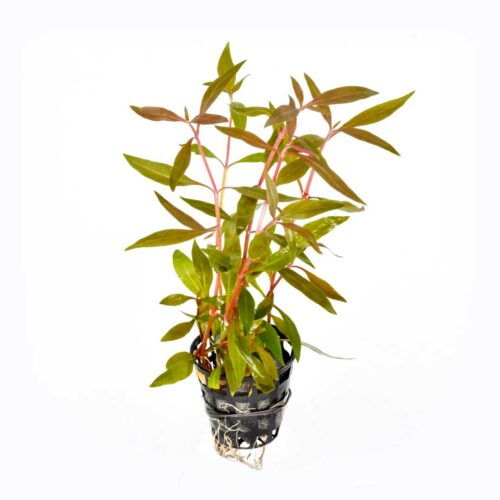
Reviews
There are no reviews yet.